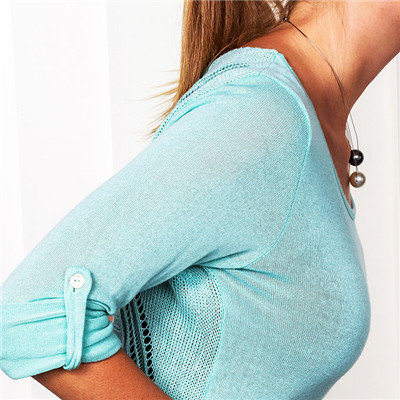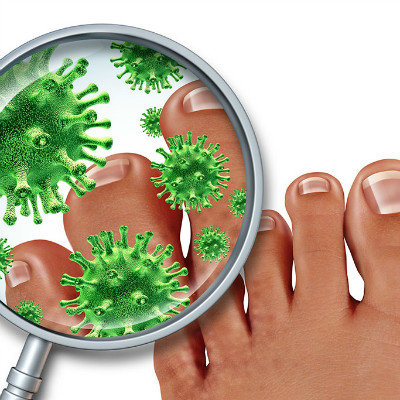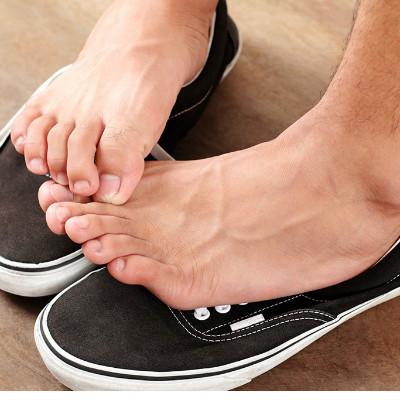What is rotator cuff syndrome?
summary
Rotator cuff syndrome belongs to transarticular syndrome, including tendinitis, bursitis and periarthritis. Most of them suffer from degeneration and bursitis in varying degrees due to repeated chronic strain, resulting in local soft tissue hypertrophy and narrowing of subacromial space. The rotator cuff tissue is easy to be squeezed by the humeral head and acromion in the process of lifting the shoulder joint, resulting in damage to joint activity. What is rotator cuff syndrome? Next, I'd like to share my views with you.
What is rotator cuff syndrome?
Rotator cuff is the general name of the four tendons in the shoulder joint. They wrap around the humeral head in a sleeve shape. The rotator cuff is located between the acromion and the humeral head. Its main function is to help the stability and movement of the shoulder joint, protect the humeral head from being pulled up by the deltoid muscle, and avoid collision with the acromion. But the rotator cuff is also a very vulnerable tissue to injury and tear.
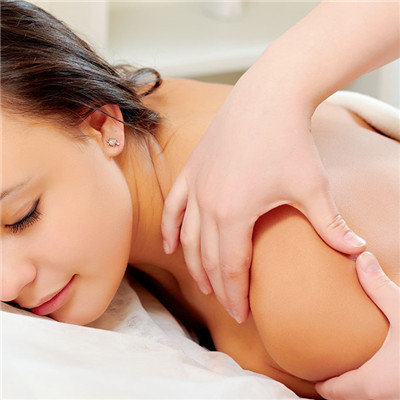
The real primary periarthritis of shoulder (congealing shoulder) may be self-healing, patients usually do some wall climbing, pendulum exercise and other exercises, and then take or topical anti-inflammatory drugs, about a year will be self-healing. If it doesn't get better for a long time, it's not likely to get scapulohumeral periarthritis.
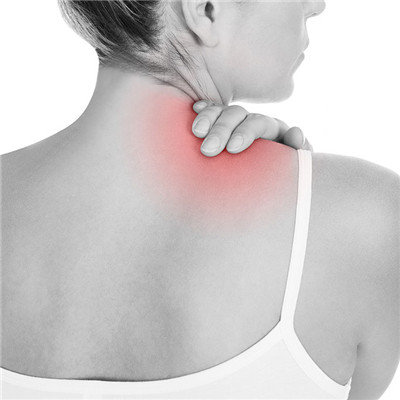
People suffering from rotator cuff injury can lift their arms up at the beginning. When the angle between the arm and the body is between 60 and 120 degrees, the patient will feel pain. When the angle exceeds 120 degrees, it will not hurt. Unless the degree of tear is particularly large, the patient will not be able to lift the arm, and suffering from periarthritis of the shoulder, the arm can not lift up, the more up lift the more painful.

matters needing attention
Master the correct sitting posture and hand posture. The thigh and waist, thigh and leg should keep 90 degree bending; The curvature of upper arm and forearm should be maintained at 70-135 degrees; The wrist and forearm are in a straight line to avoid excessive bending and tension at work.





